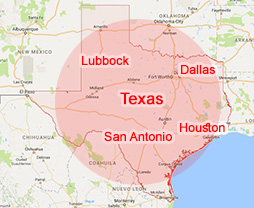Classification of Entrant Aliens
A major aspect of the statutory scheme of regulation is its division of aliens into two classes: (1) immigrants, and (2) nonimmigrants. Under normal connotation, immigrants are those who wish to stay permanently and nonimmigrants are those who come for temporary sojourn. However, by definition an immigrant means “every alien” except one belonging to the specified nonimmigrant classes.
Moreover, the statute declares that every alien is presumed to be an immigrant unless he establishes to the satisfaction of the consul and of the immigration officers that he is entitled to a nonimmigrant status. Of course, there are no numerical limitations on the entry of nonimmigrants and large num bers are admitted for temporary stay each year.
The immigrant class is further subdivided into: (1) immediate relatives (spouses, parents, and children) of United States citizens; (2) special immigrants (chiefly returning lawful residents of the United States); (3) refugees, and (4) other immigrants. Aliens in the fourth group are subject to an annual numerical limitation of 270,000 within which there are six enumerated priorities. Aliens in the first two groups may enter the United States without numerical limit.
In determining priorities, there is a negative presumption that every immigrant is presumed to be in the nonpreference category unless he establishes to the satis-faction of the consul and the immigratiqnxrjnicers that he is entitled to a preference status.3






